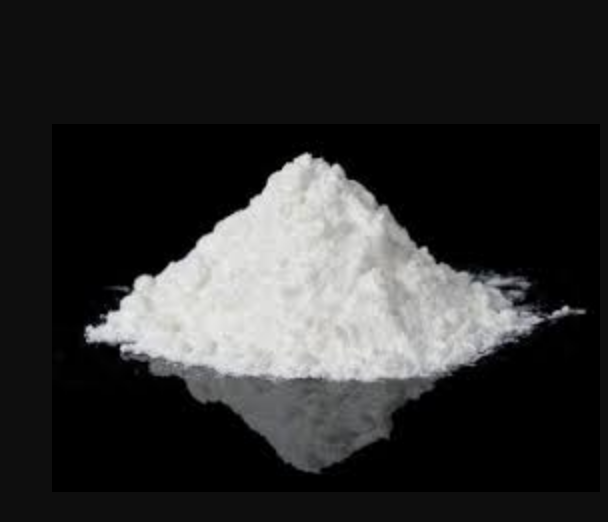Diisopropanolamine (DIPA)
2025-10-13
Diisopropanolamine (DIPA) is a versatile chemical widely used in industrial processes, from gas treatment to textile processing. Understanding its properties, applications, and safety measures can help professionals make informed decisions when sourcing or using this important chemical.

1. Chemical Structure and Properties
- Molecular Formula: C6H15NO2
- Structural Formula: (CH3)2CHOH–CH2–NH–CH2–CH(OH)CH3
Physical Properties:
- Appearance: Colorless to pale yellow viscous liquid
- Boiling Point: ~215–220°C (at 760 mmHg)
- Density: ~0.97 g/cm³ at 20°C
- Solubility: Miscible with water, alcohols, and many organic solvents
Chemical Properties:
- Acts as a tertiary amine with two hydroxyl groups, offering both basicity and polarity
- Can neutralize acids and act as a buffering agent
- Stable under normal conditions but reactive with strong oxidizers
- Flash point: ~100°C (closed cup) — combustible but less volatile than low molecular weight amines
2. Industrial Applications
Neutralizing Agent:
DIPA is widely used in gas treatment processes, particularly for removing acidic gases like CO2 and H2S in natural gas and refinery industries.
Corrosion Inhibitor:
It is added to boiler water and cooling systems to prevent corrosion by neutralizing acidic impurities.
Chemical Intermediate:
Used in the production of emulsifiers, surfactants, and other specialty chemicals.
Textile and Leather Processing:
Acts as a buffering agent and pH adjuster in textile dyeing and leather industries.
Agriculture:
DIPA serves as an ingredient in herbicides and pesticide formulations.
3. Safety and Toxicology
Health Hazards:
- Skin/Eye Contact: May cause irritation or allergic reactions; prolonged exposure can lead to dermatitis
- Inhalation: Vapors or mists may irritate the respiratory tract
- Ingestion: Harmful if swallowed; may cause nausea or gastrointestinal upset
Fire & Explosion Risk:
- Combustible liquid; avoid open flames and sources of ignition
Protective Measures:
- Wear nitrile gloves, chemical-resistant goggles, and suitable respiratory protection
- In case of contact, rinse thoroughly with water and seek medical advice if irritation persists
4. Environmental and Regulatory Considerations
Environmental Impact:
- Biodegradable under aerobic conditions, reducing long-term environmental risk
- Moderate aquatic toxicity; avoid release into waterways
Regulatory Compliance:
- Registered under REACH (EU) and listed on TSCA (USA)
- Transport classification: UN 2924, Class 8 (corrosive substances), Packing Group III
5. Case Studies: Application Insights
Gas Sweetening:
DIPA is successfully employed in natural gas processing plants to capture CO2 and H2S, improving fuel quality and reducing emissions.
Corrosion Control:
Incorporation in boiler water treatment at power plants prolongs equipment life and reduces maintenance costs.
Comparison with Alternatives:
Compared to monoethanolamine (MEA), DIPA offers lower volatility and better thermal stability, making it ideal for harsh industrial environments. It balances performance and safety, particularly in corrosion inhibition.
For more detailed specifications and bulk orders, visit China Amines, your trusted source for industrial-grade DIPA and other chemical solutions. Whether you’re sourcing for gas treatment, textile processing, or chemical manufacturing, we provide competitive prices and reliable global shipping.

